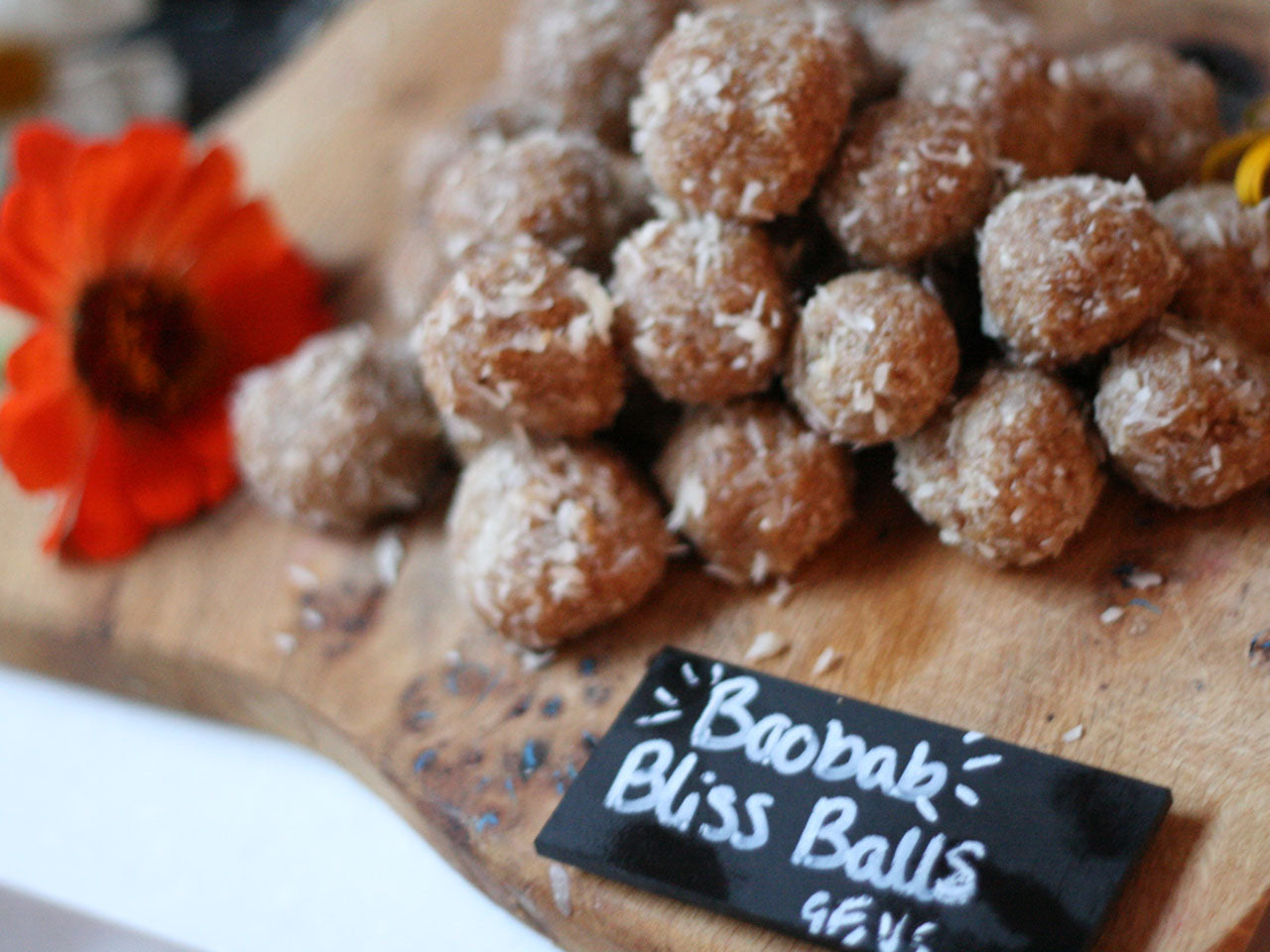
The Essential Guide to Sensible Snacking
As the new season starts, many of us are busy preparing for the new school or university term or getting back to work after a glorious summer holiday. Getting creative with our lunch boxes and ensuring a healthy and nutritious selection of snacks are always to hand can seem like a daunting task. When it comes to snacking, there are so many options to choose from and it can be confusing to know how and when to add them into your routine. Here are 4 top tips from Nutritional Therapist Eve Kalinik to help you navigate your way:
1. When to snack
The first point to make is that not everyone needs to snack. And whether you do or don’t depends entirely on the individual. The notion that we need 3 meal and 2 snacks a day isn’t usually the case. My advice is to try to work out the time of day your energy levels seem to plummet and work backwards from then. Ask yourself the following questions…How much water have I had today? Do I have enough protein in each of my meals? People often mistake thirst for hunger and not having enough protein can mean you get hungrier sooner after a meal than you should. Try adjusting these first to give you a clearer understanding of whether you are genuinely hungry. Too much caffeine earlier in the day can also set you up for an afternoon slump. That being said, you may well be genuinely hungry between meals, especially if you have been up super early with the family or have just done a workout. In that case, having snacks to hand can be very helpful. They're also great when you're travelling and meal times can become irregular.
N.B. If you have blood sugar issues, you may need to adopt a different snacking strategy. Speak to a healthcare practitioner for guidance.
2. The ideal snack ratio
As with your meals, you should be looking to include both carbohydrates and protein in your snack. In simple terms, the former gives you glucose i.e. energy and the latter helps to slow down its release so you don’t have a crash soon after. As a general rule of thumb, aim for a 3:1 rule of carbohydrate:protein. A good example of this might be a small banana with 5-6 almonds. This is also generally a good example of the portion size you should be having. Of course you may need to adjust this if you are eating pre- or post- training.
3. Preparation is key
Most people fall slave to the sugary chocolate and other unhealthy sweet snacks because they just haven’t prepared in advance and, unfortunately, these options are all too available. Having something healthy and tasty to hand can avoid these kinds of situations. Bars can be convenient and are easy to have on-the-go. Avocado with some sunflower seeds on an oatcake is a nice savoury option. Or a simple sliced apple with some nut butter easily hits the sweet spot. Try making some healthy home-made snacks like these delicious bliss balls, or these sweet chilli & baobab roasted nuts.

4. Better hydration
Most of us feel that need to snack when we are dehydrated so making sure you have plenty of water and herbal teas throughout the day is probably the best way to keep energy levels on an even keel. One cup of your favourite coffee that is organic and fresh is fine for most but just make sure to have it in the morning.
Top tip: try shaking 1-2 teaspoons of Aduna Baobab into your water for an extra hydration boost.







